Shopping for footwear can be quite confusing these days, especially if you're shopping across borders online. The terminology for similar shoes could span any of a dozen or so names, and subtle differences in meaning could mean huge differences in the shoes you end up with.
If you're confused about what sneakers, shoes, trainers, gym shoes, running shoes, and all those other types of shoes have in common or what makes them different, we're here to give you some answers.
Today, we're talking all about what sets sneakers apart from other kinds of shoes and how to know when sneakers are the right type of footwear to suit your needs. We're also going to look into what makes a good sneaker and what styles you should try.
Let's get started!
What are the differences between sneakers and shoes?
Terminology can be tricky when it comes to footwear. Not only are there technical differences to know, but there are also different names and nicknames depending on where you are in the world.
You might think that terminology isn't particularly vital, but it can be the difference between buying the perfect footwear to meet your needs and wasting money on something that isn't up to the job.
What are shoes?
The term “shoe” is broad and can cover a huge spectrum of footwear styles. A shoe just has to be something that covers the foot and has a sturdy sole with a heel attached. This means that everything from gladiator sandals to hiking boots can be considered shoes.
Many types of shoes are specially designed for specific purposes, such as dress shoes, work shoes, and athletic shoes. Each of these common types of shoe is designed to serve a specific purpose. Some shoes can be highly specialized for a specific sport or be more versatile to serve multiple functions.
Other shoes are more generic and serve no special purpose aside from protecting your feet or giving off a specific aesthetic.
Next, we'll look at sneakers to see where they land on the shoe spectrum.
What are sneakers?
Sneakers are a common type of footwear that fall under the definition of shoes. However, sneakers are a specialized type of shoe inspired by athletics, sports, or an active lifestyle.
The term "sneaker" is mostly used in the United States and is synonymous, more or less with streetwear, sportswear and athleisure footwear.
Sneakers came about during the late 1800s. These shoes got their nickname from their special flexible soles, which gave the wearer an exceptionally quiet step compared to other shoes of the time.
Speaking of rubber soles, most agree that this quality is the main distinguishing factor that sets sneakers apart from other kinds of shoes. If the shoe has a flexible sole, synthetic upper material, and has a design that derives from sports and athletics, it can be classified as a sneaker.
Of course, plenty of sneakers meet these criteria; however, additional features can create sneakers that are so specialized they can create their own category of sneaker. For example, running shoes can often be considered sneakers, but they have specific designs made exclusively for running, though this might make them less suited for everyday wear.
Most sneakers today are versatile and can be worn for active or casual use, although they are almost never formal. For more formal footwear, shoes with canvas and leather uppers are typically required. Sneakers, on the other hand, are usually made of synthetic materials like polyester and nylon.
With the recent rise in athleisure wear trends, the typical sneaker standards have changed to match what is trendy. Sneakers geared for athleisure are being worn in more and more situations that previously would have been unheard of. This means you can put your sneakers to more use than ever before.
Should I buy sneakers or generic shoes?
The reason to differentiate between sneakers and generic shoes is so you know how to shop for your needs.
To find which is better for you, ask yourself how you'll be using the footwear in question.
- Are you just interested in aesthetics and fashion, or do you have practical needs you need your footwear to meet?
- How often will you be wearing your new shoes or sneakers?
- Do you live an active lifestyle that demands a lot from your shoes?
- Will your shoes go through a lot of wear and tear?
Are sneakers right for me?
For those living an active lifestyle who will need their new pair of shoes daily, sneakers are the way to go. High-quality sneakers like our Lima or Athens styles are designed with versatility in mind to keep you comfortable throughout even the hardest, most fast-paced days.
While our sneakers aren't designed for specialized sports usage, they can hold up to a basic workout, a walk in the park, a hard day at work, and even a night on the town.
Thanks to HandsFree Labs® technology, our sneakers also slip on as easily as sandals, so they are great when you need to get out the door in a rush.
We've also built upon the classic flexible outsole of sneakers by combining rubber traction pods with our Rabbit Foam™ outsoles. This combination provides extra shock absorption as well as superior comfort and grip.
Are shoes right for me?
If you're looking for a more formal style but don't want to sacrifice the practicality of sneakers, we've got you covered too. Our Prague and Vegas shoes each take a classic street-style shoe and elevate it along with modern innovations to increase comfort, convenience, and durability.
For the most formal look you'll ever find in athleisure shoes, we present our Vegas shoes. A sleek leather upper brings a refined appearance to an otherwise super-practical shoe. If leather isn't your thing, you can also try out our Prague shoes with a breathable canvas upper.
Whichever style you prefer, our HandsFree Labs® technology and Rabbit Foam™ outsoles are equipped to make every step as comfortable as possible. Rubber traction pods bring some elements of sneaker performance to these non-sneaker shoes.
What should I look for when buying sneakers?
If you're set on buying sneakers, there are a few things you should look for during the process.
1. Durability
Since sneakers are designed for active use, they should be able to hold up to lots of wear. We're talking about over ten thousand steps a day, probably for most of the week!
Even if you aren't quite that active, your shoes should be up to the task. Not only do the material and construction need to remain durable, but they should also stay comfortable throughout their lifecycle.
Fast-paced, busy, active schedules can be a real challenge, and you need every advantage to get through the day and thrive while doing it. Comfortable shoes can bring you peace of mind and energy, while uncomfortable shoes can hinder and stress you, turning a challenging day into a miserable one.
2. Comfort
Comfort relies on a number of factors, including a perfect fit and a soft, flexible material. Padded insoles help keep the bottom of your foot comfortable, while outsoles with a balance of traction and shock absorption are crucial for your feet and joints.
You should also look for breathable materials so your feet can stay cool. Your natural thermoregulatory processes rely on your feet as much as other parts of your body, so it's crucial to allow air flow in and out of your shoes to maintain a balanced body temperature.
3. Convenience
Lastly, keep in mind how easy your sneakers are to put on and take off. Convenience like this can mean a lot when you're running late, but they can also just make your daily life just a touch easier, which really adds up over time.
Final Remarks
When you shop with us here at Kizik, the difference between sneakers and shoes matters less than ever since we ensure all our shoes are up to the tasks your active life may bring.
Our footwear experts carefully design each shoe with the qualities of durability, convenience, and comfort in mind. Whether you're considering Kizik sneakers like our Lima, Athens, and Eco-Knit styles, or our Prague and Vegas styles, you can rest assured that your feet are in good hands.
For more information about footwear, you can check out our blog.
Sources:
The History of Sneakers: From Commodity to Cultural Icon | The Conversation
How Many Steps Should You Take a Day for Fitness or Weight Loss? | Medical News Today
Physiology, Temperature Regulation - Stat Pearls | National Library of Medicine
Shoe Definition & Meaning | Merriam-Webster
Sneaker Definition & Meaning | Merriam-Webster


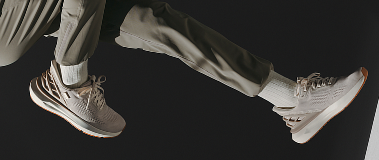


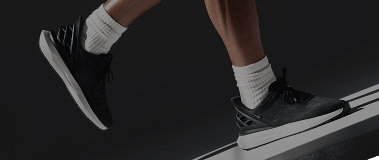
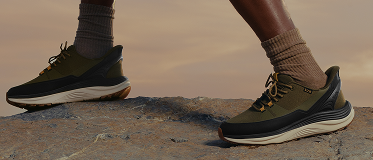
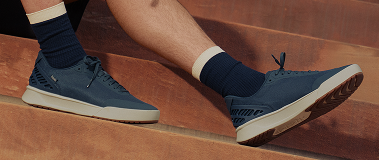
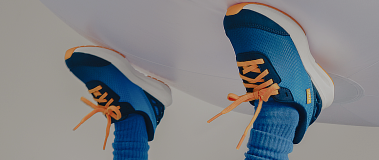
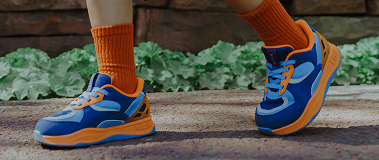
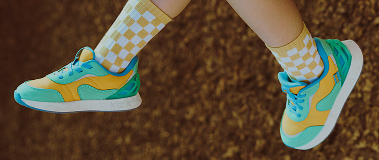

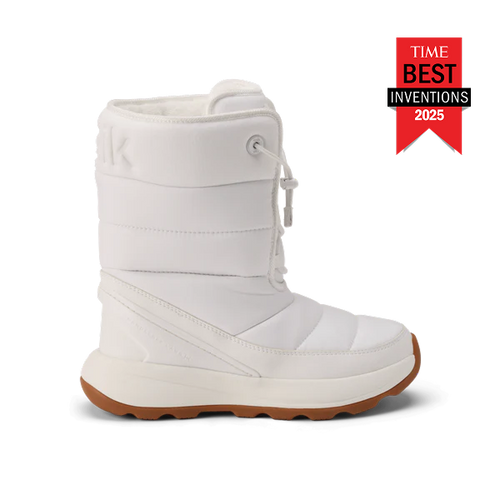


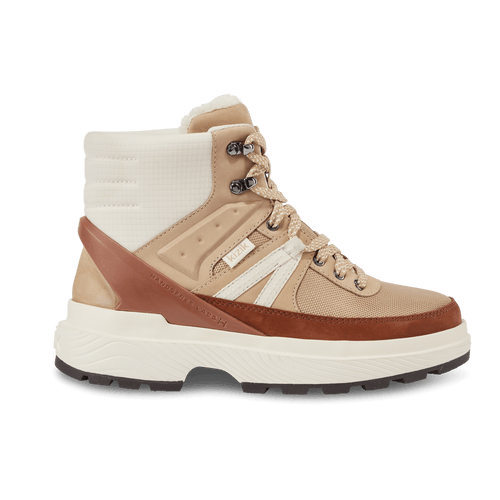
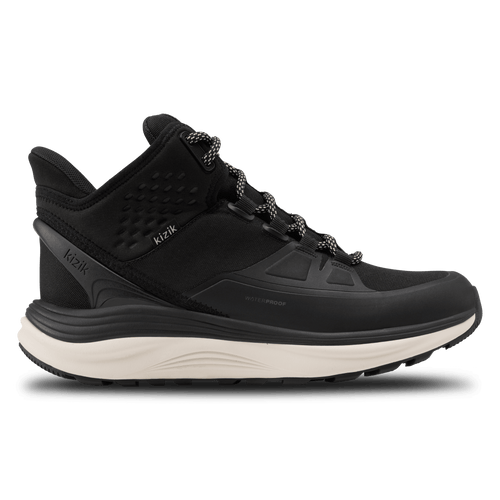








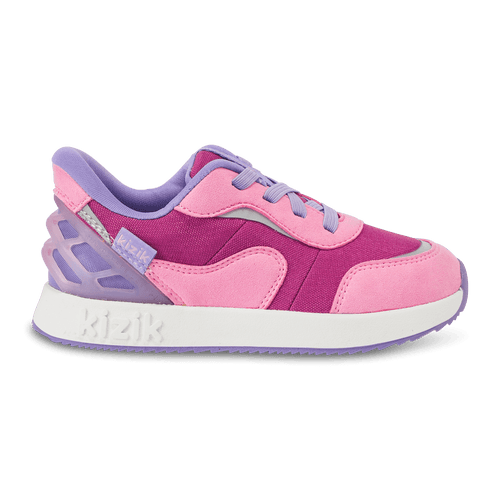

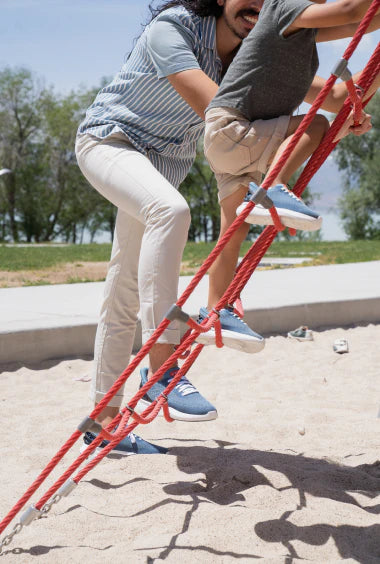
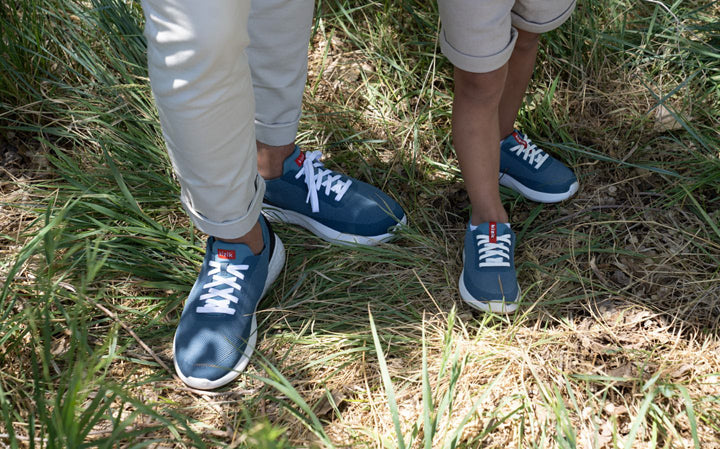
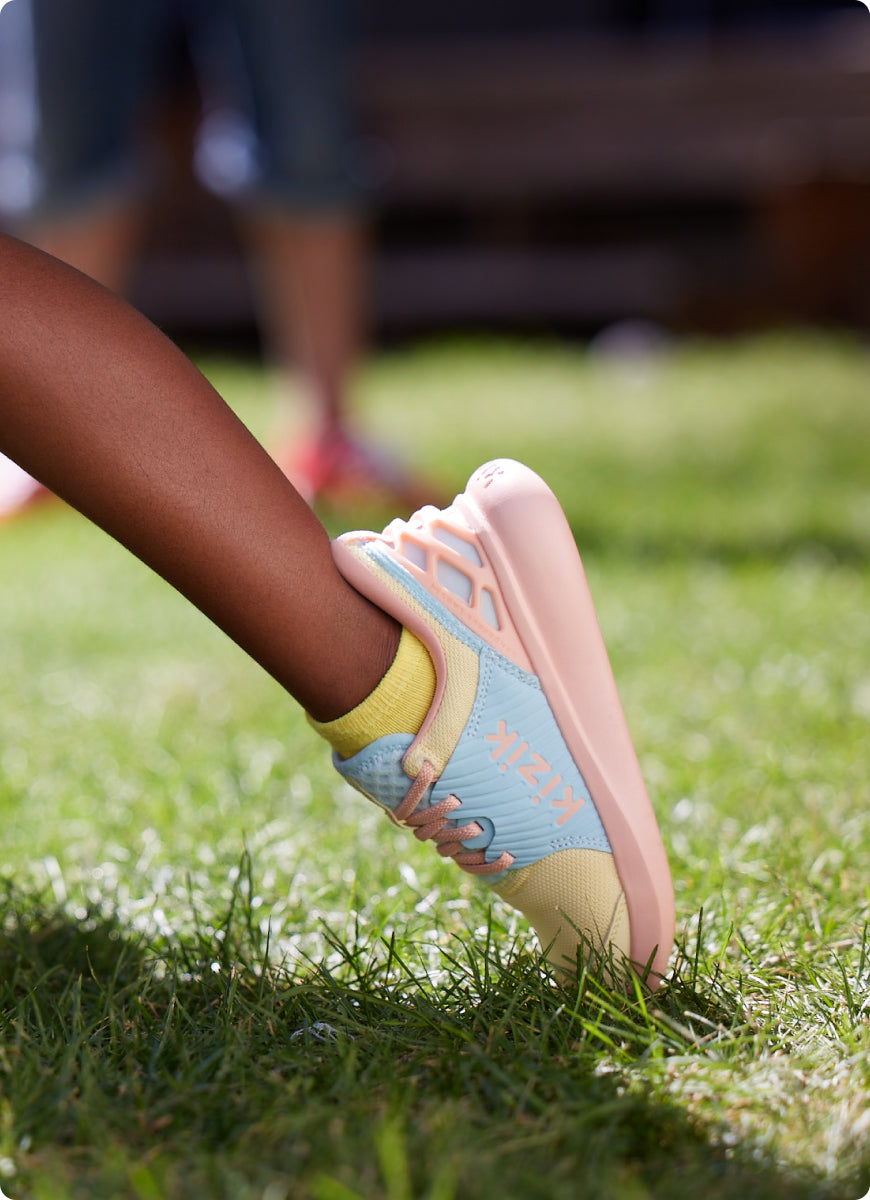
Leave a comment
This site is protected by hCaptcha and the hCaptcha Privacy Policy and Terms of Service apply.